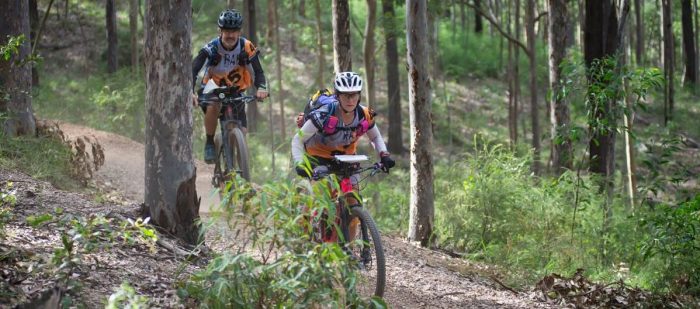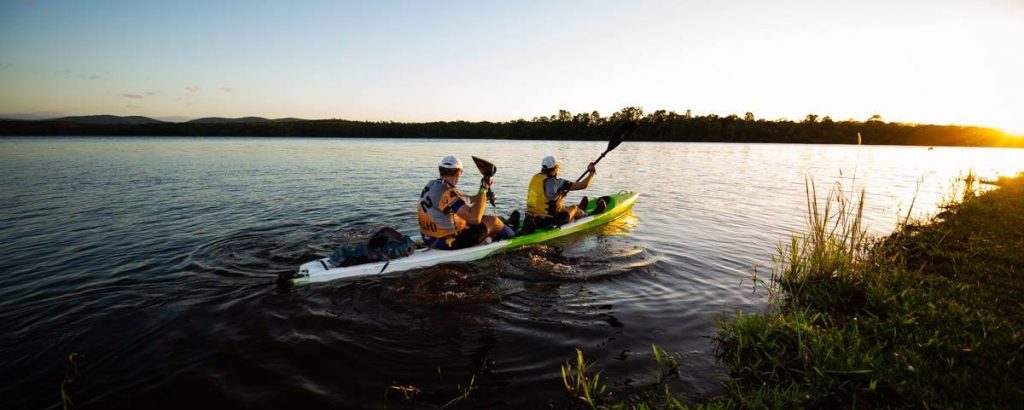Edited Note: Distances have been updated in November 2018 subsequent to further course vetting.
With entries due to open for the Raid 100 shortly, this is a quick little post to give you a clearer idea of what you are buying in to. A 100 hour multisport rogaine is a pretty novel concept – the first event of it’s kind to the best of my knowledge (although I’m sure there’s an AR maven out there to prove me wrong).
In theory the Raid 100 should be an excellent way to dip your toes in the water for your first expedition race by biting off as much as you can chew from each stage, while still stretching even elite teams to their limits. However, it should be stressed that the 2019 race will be our definitive challenge. Ultimately you will be taken on a linear journey from an undisclosed race start back to HQ. The planned course as it stands contains a number of point-to-point stages which will require a minimum of travel to get your team from the start to that special finish line feeling. I believe any team with a minimum experience of at least a 24 hour adventure race or rogaine, who plan to sleep just 2-4 hours a night should be able to get through the course with the adequate preparation and training.
The current course as it stands includes a total of nine stages covering 422km with a minimum of approximately 62km of trekking, 262km of cycling and 98km of kayaking. Off-trail travel will be a feature of the trekking, the cycling will be a mix of fire roads and sealed sections and the kayaking encompasses flat lakes, white water rivers and likely some ocean paddling. The minimum route will be an amazing journey in of itself, but throw in a ton of route options and some, at times, hard navigation and it will be a special adventure. The full course will be unsweepable even for a world class team (somewhere in the range of around 650km). Note that these distances are far from finalised and are pending on the ground vetting and a number of permits to be finalised.
A quick look at the maths suggests that if you can trek at 2km/hr, paddle at 4km/hr and mountain bike at 10km/hr, even with stoppage time a team that navigates accurately at those speeds should make it through the minimum course. With just nine stages over 100 hours, there are also some potentially long legs, particularly given that a couple of these stages are relatively short. Depending on route selection, don’t be surprised to find yourself on the bike for a whole day at one point – particularly for slower teams. The course will also include a mid-point cutoff that effectively breaks the race up into two uneven halves. This will rebunch the field, keep the race social, but will also help with your planning as you can break the event up when deciding optimum points for distance.
Anyway, if all of this is not enough to put you off throwing you team’s name into the ring, grab a team mate or three and submit your entry here.

